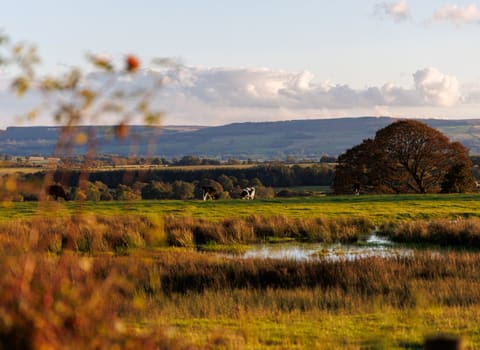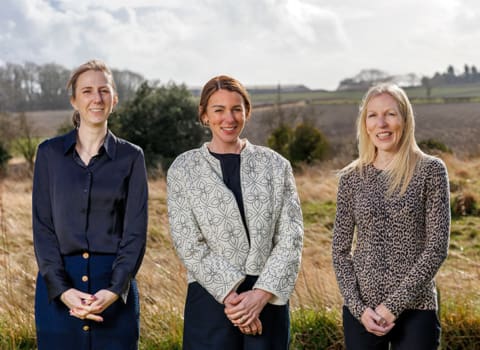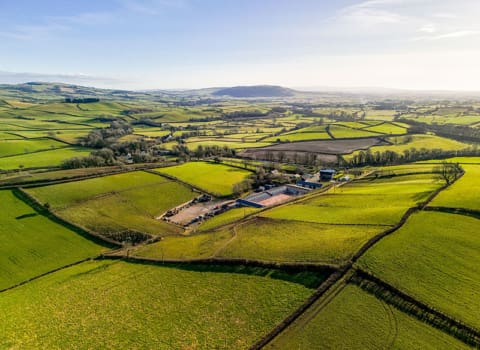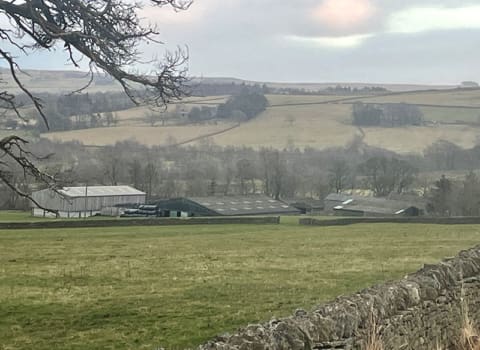Contact our offices
Main office
COLBURN
5 & 6 BAILEY COURT
COLBURN BUSINESS PARK
RICHMOND
NORTH YORKSHIRE
DL9 4QL
Estate Agency Offices are located in
BARNARD CASTLE, BOROUGHBRIDGE & RICHMOND
Residential Management Team
Our Offices
- Alnwick
01665 568310
Email Officealnwick@gscgrays.co.uk - Barnard Castle
01833 637000
Email Officebarnardcastle@gscgrays.co.uk - Boroughbridge
01423 590500
Email Officeboroughbridge@gscgrays.co.uk - Chester-Le-Street
0191 3039540
Email Officechester-le-street@gscgrays.co.uk - Colburn
01748 897630
Email Officecolburn@gscgrays.co.uk - Driffield
01377 337180
Email Officedriffield@gscgrays.co.uk - Hamsterley
01388 487000
Email Officehamsterley@gscgrays.co.uk - Hexham
01434 611565
Email Officehexham@gscgrays.co.uk - Kirkby Lonsdale
01524 880320
Email Officekirkbylonsdale@gscgrays.co.uk - Penrith
01768 597005
Email Officepenrith@gscgrays.co.uk
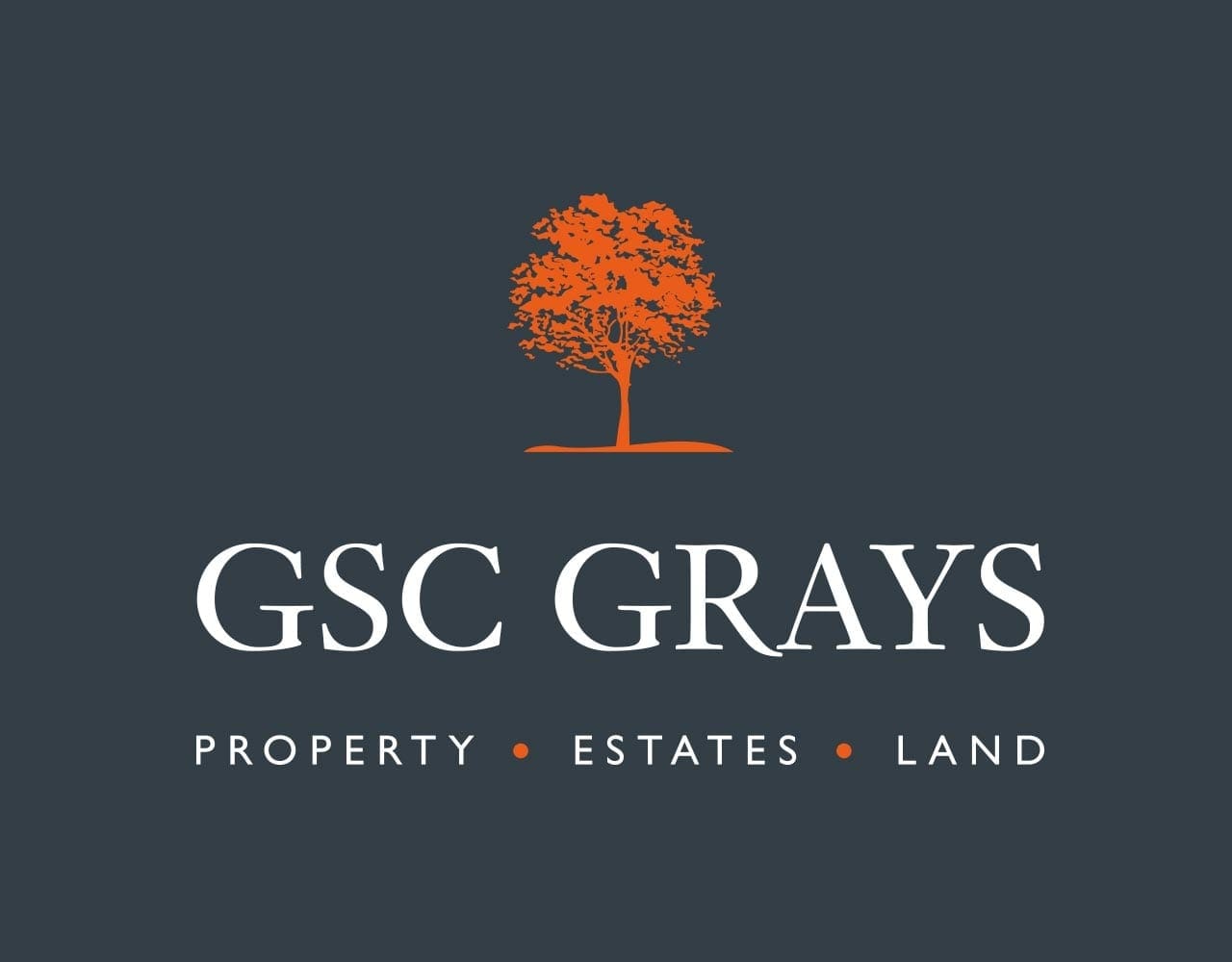
The Land Market
According to published data approximately 176,000 acres of farm land were marketed in 2015 representing an increase of approximately 24% on 2014. Interestingly this is significantly less than the 300,000 acres marketed on average in the 1990s and the 650,000 acres publicly marketed in the 1950s and reflects only a de-minimus proportion of the UK Agricultural Land Area of approximately 18.13 million hectares.
RICS figures illustrate a weighted average bare land value for the second half of 2015 of £8,248 per acre with a weighted average for equipped units of approximately £10,064 per acre. This reflects a small fall in average values over the year as a consequence of increased supply and a slight softening in demand although it conceals significant regional variances in values.
Bare arable land in the Yorkshire region (God’s own Country) is averaging in the order of £10,000 per acre (£8,000-£12,000 per acre) with pasture land being circa £6,500 per acre with corresponding arable and pasture land values in the North East being £8,500 per acre and £5,500 per acre respectively.
Yorkshire is the third highest price region with the North East being the lowest (excluding Scotland) and arguably from a commercial farming perspective may offer good value for money.
Whilst statistics indicate that average values have increased by circa 225% across England over the last 10 years forecasts indicate that they are likely to remain static or fall slightly in the short term.
Rental values for arable and pasture land let on 1986 AHA tenancies and 1995 Farm Business Tenancies remained relatively static in 2015 with gross yields for investment farms averaging circa 1.8%.
Demand continues to be driven by farmers who account for approximately 66% of the land market although non-farming/life style purchasers continue to represent an increasing proportion of the market as the residential market continues to improve. Farm buyers tend to be driven by expansion/economies of scale as the opportunity to buy an adjacent farm or land is often a “once in a lifetime” opportunity.
MACRO ECONOMIC FACTORS
The Referendum on the 23rd June and the UK’s exit from the European Union marks a transition period for the UK Economy and British Agriculture. That said until Article 50 of the Lisbon Treaty is finally invoked little is anticipated to change from an agricultural policy perspective with CAP support predicted to be maintained until circa 2020.
Whilst Sterling has hit a 30 year low and there has been increased volatility and fluctuations on the World’s Stock Markets, agricultural commodity prices have improved over the last couple of weeks as a consequence of a weaker pound and an improved export market. However, the future of the UK agricultural industry is uncertain and will largely be dependent on trade negotiations with the EU, the possible imposition of tariffs, the agricultural employment market and whether farm support payments remain.
The Common Agricultural Policy accounts for in the order of 55% of UK farmers’ incomes and without it many farms will potentially be no longer viable. That said despite the UK contributing £9.8 billion, the UK CAP budget is less than a third at approximately £2.9 billion, although there is no guarantee this level of support will be maintained by the current Government based on their Manifesto Policy.
There will inevitably be increased uncertainty and anxiety as a consequence of exiting Europe with a readjustment and possible fall in land values although it is difficult to predict the degree and extent of any change at this juncture.
Total Income from Farming (TIFF) was £5.4 billion in 2014 and provides a measure of the performance of the whole agricultural industry in the UK. However, forecasts indicate that TIFF is likely to have fallen by 20%-25% in 2015 to just above £4 billion, the lowest recorded figure since 2010.
UK GDP growth was projected at 2.4% for 2016 and whilst the UK economy is back to a similar size to the pre 2007 financial downturn the global economy remains fragile with reduced economic growth in China, falling oil prices and increased share price volatility across World Stock Markets.
In Europe the Greek economic crisis has un-settled the European economy with a strengthening of sterling against the Euro up until recently. A strong pound disadvantages exports from the UK to Europe which accounts for approximately 75% of all exported agricultural produce.
Matters have been compounded by the late/delayed payment of Basic Payment Scheme funds creating cash-flow issues for many farmers. With direct payments decreasing and increased market volatility, farm profitability is likely to remain under pressure in 2016 and possibly into 2017 despite reduced energy and feed costs.
The Bank Base Rate has remained at 0.5% since March 2009 and whilst there have been numerous predictions of a rise in rates by the Bank of England this has merely been conjecture thus far as they remain at historically low levels with an unprecedented period of no change. However, with the possible threat of recession following the UK’s exit from Europe the Bank of England are now anticipated to reduce Base Rates to 0.25% or 0% to help stimulate the economy.
Despite interest rates remaining at a historic low, UK farming debt has increased to a record £17.5 billion as at September 2015 and equates to a rise of approximately 9% since September 2014. The reasons for this growing debt are largely as a consequence of investment in fixed assets and the requirement to fund recent losses/cash deficits.
Banks/lending institutions generally remain supportive of farming with favourable loan terms (fixed rate and variable) over terms of typically 5-30 years available at margins of 2%-2.5% and Loan to Values of 60%-80% (depending on security) although serviceability and the ability to repay are coming under increasing scrutiny.
Whilst retirement/relocation continue to be the principal factors driving sales, debt related disposals are becoming more evident.
Continued low commodity prices and a general downturn across all sectors of the industry (arable, dairy, livestock) combined with unfavourable exchange rates and cash flow issues etc may lead to some re-adjustment in the market but at present land values and rents remain largely resilient.
This largely reflects the scarcity of land for sale or to let although the gap between good quality well located holdings and more tertiary units continues to widen with a distinct two tier market now clearly evident, which can literally vary “parish by parish”.
Nevertheless farmland should be considered to be a long-term investment and the influencing factors of a finite resource, growing UK and World population, current taxation benefits and increased competition for land should hopefully bode well for land prices in the future.
[team-member name=”Ashley Dodgson”]

GSC Grays News
Residential Property Market: Recent Trends and Prospects for the year ahead
Read more


